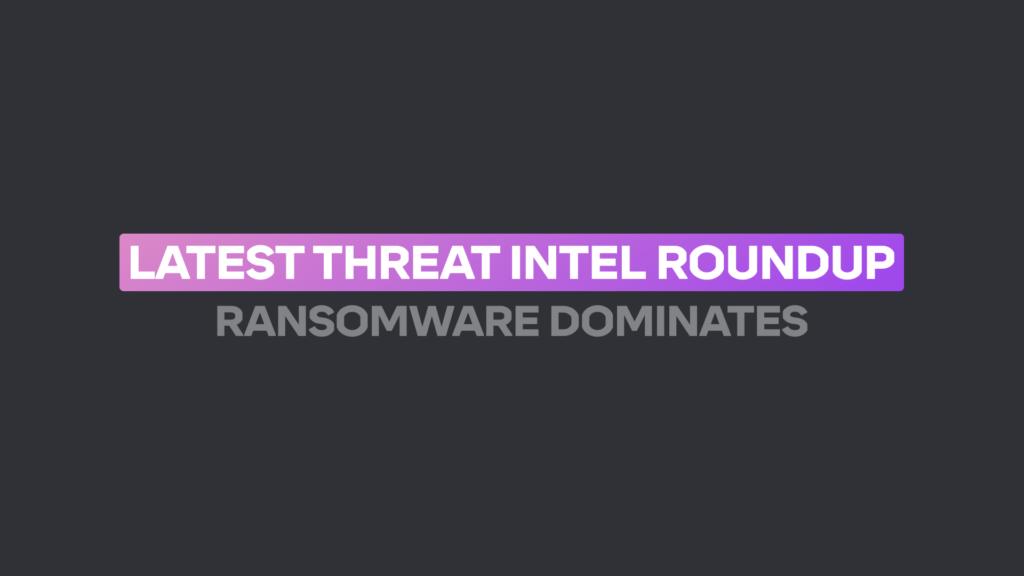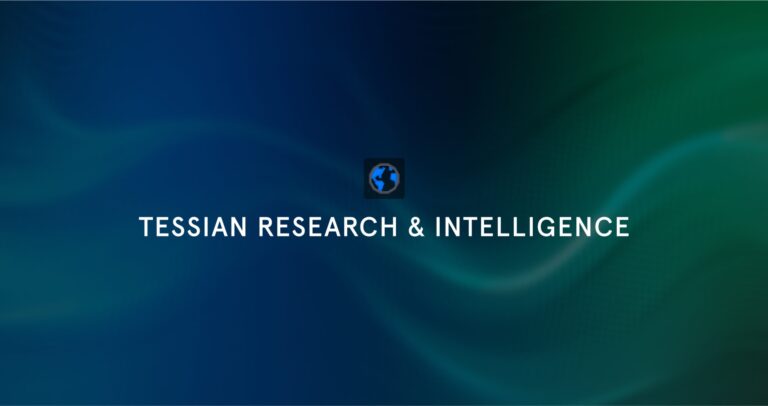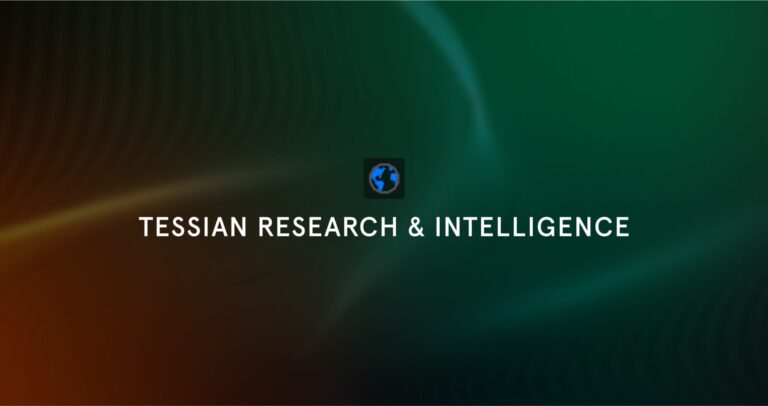As we wind down Q3, we see no letting up by threat actors with a series of high profile breaches dominating the headlines in September. Of concern is the increasing activity of Ransomware-as-Service (RaaS) offerings and threat actor activity. It’s little surprise that phishing and email remain significant threat vectors for ransomware actors, either to gain initial access, or to execute ransomware payloads.
Sign-up for our Threat Intel update to get this monthly update straight to your inbox.
Key Takeaways
- Phishing attacks are in uncharted territory with over 1 million attacks reported for Q2 2022. Financial services and SaaS companies are among the most targeted.
- Phishing and email remain primary threat vectors for gaining initial access to carry out ransomware attacks.
- The Ransomware-as-a-Service (RaaS) gang activity continues its steady increase up by 63% in Q1 2022, as RaaS actors continue to diversify services and exploit kits, including mining exposed data to carry out second stage Business Email Compromise (BEC) campaigns.
- There is significant concern that corrupting of files will become a new modus operandi of Noberus aka BlackCat ransomware actors and affiliates over the usual encrypting of files.
- LockBit ransomware encryption code has been leaked, sparking concern for an increase in LockBit attacks.
- Ukraine has proven to be cyber resilient against Russian cyber attacks, largely as a result of recovering from previous significant breaches such as NotPetya, as a result of NATO support.
- Recent reports of an Iranian cyber campaign against Albania has resulted in the severing of diplomatic ties with Iran.
- The U.S. Cybersecurity and Infrastructure Security Agency (CISA) issued a record number of advisories for the month, with ransomware and nation-state activity from Iran being front-and-center.














